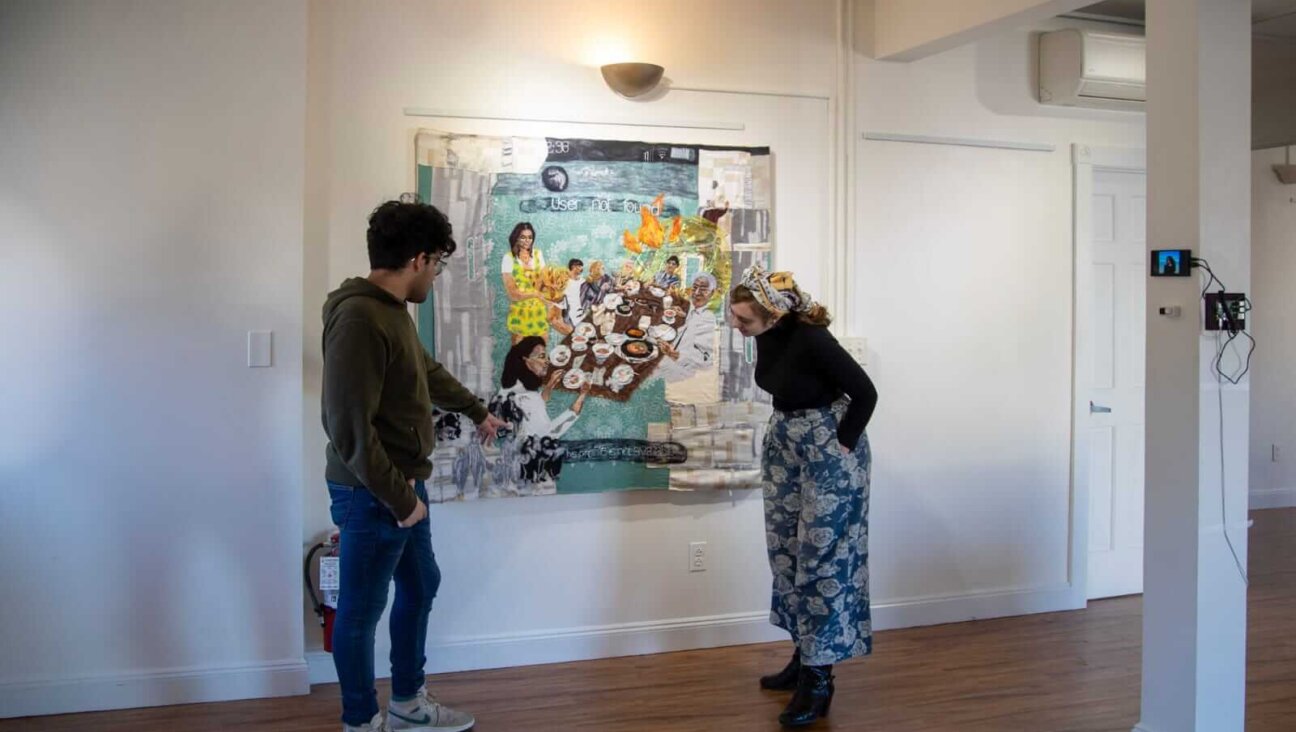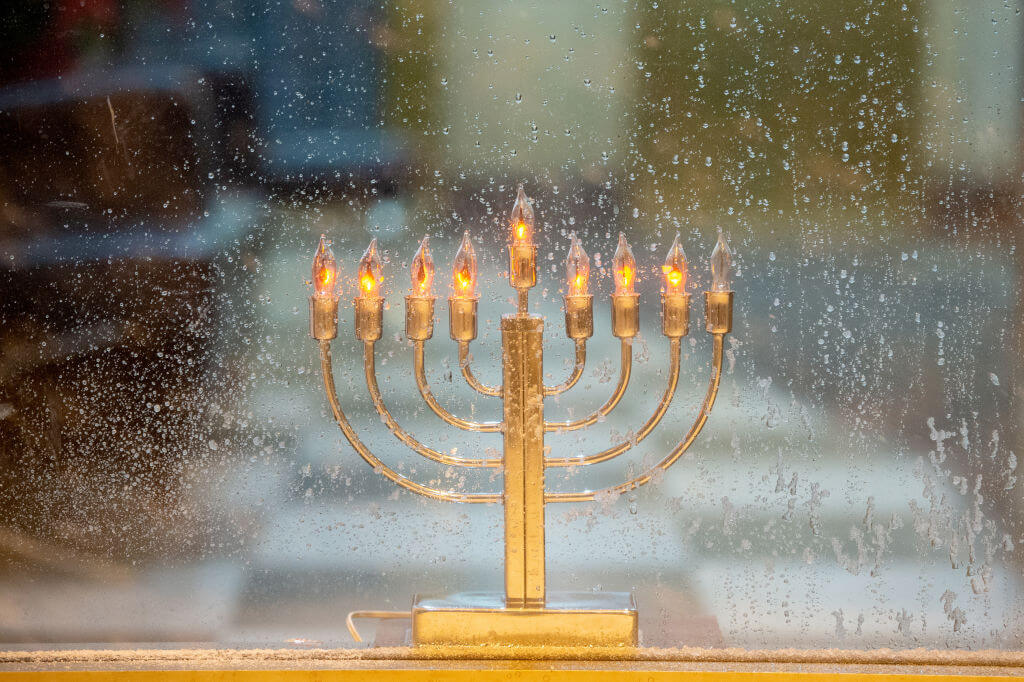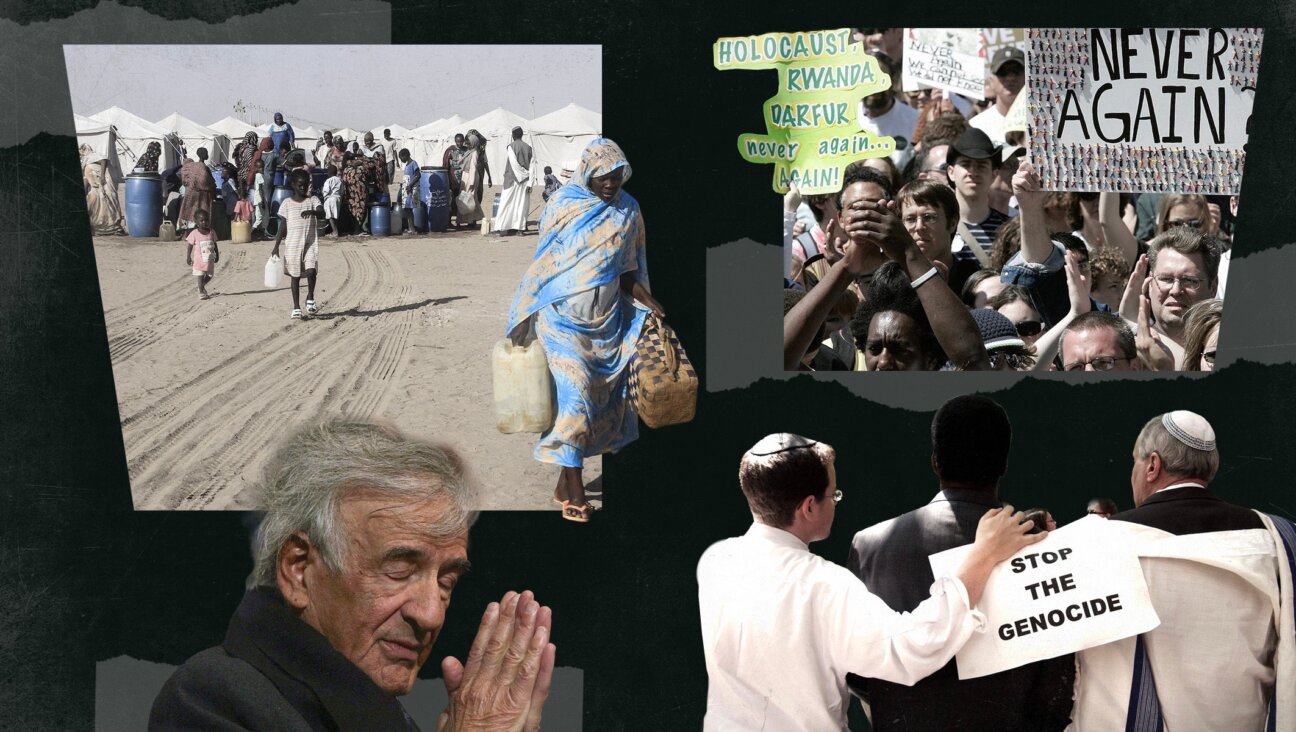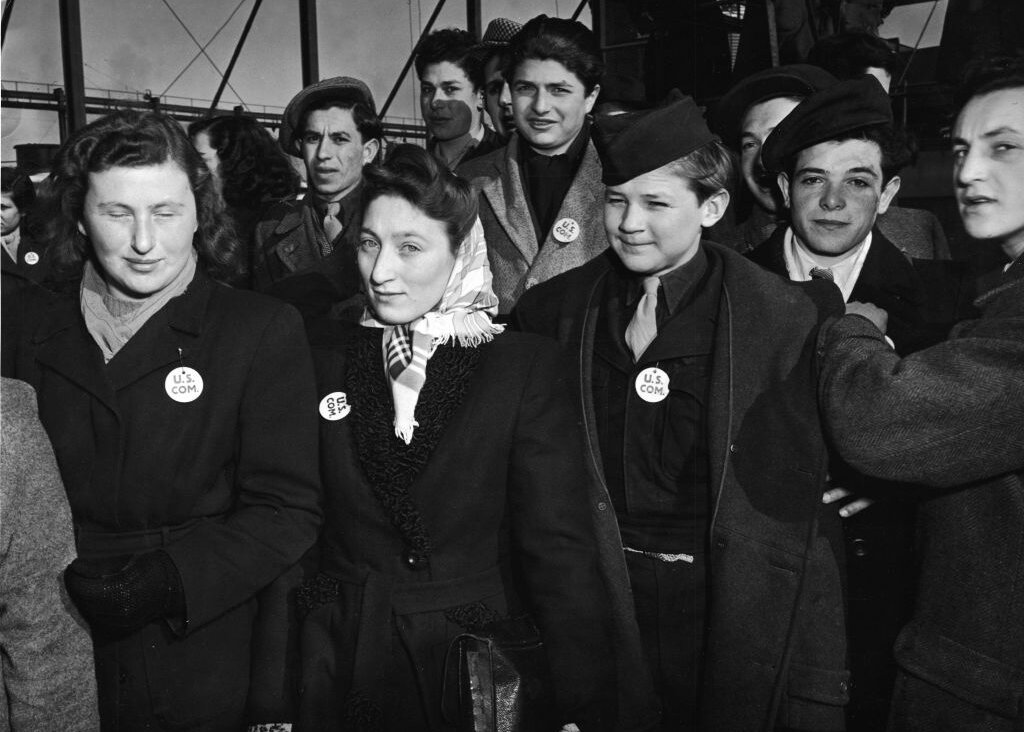After 14 years reviewing haggadahs, our expert dishes on the good, bitter and wacky

Ma Nishtana page in the haggadah. Courtesy of iStock
Jay Michaelson has been reviewing Passover haggadahs for the Forward for 14 years. Why are there new versions each year of a ritual that has been around for millennia? Well, that’s a different question, but he has become an expert guide to the guides to the Seder.
If that sounds a bit convoluted, well, that’s the issue; the whole point of a haggadah is to take its users through the ritual of the Passover Seder. If it manages to relate the Passover story to our current life, or brings other meaningful texts, interpretations or poems, then that’s a bonus — but first and foremost, it needs to be user-friendly and functional as something that makes a somewhat long and complicated ritual navigable.
That’s why Michaelson has been writing his guides for so long. He felt that many of the most basic haggadahs, the ones a Seder host might turn to exactly because the selection of other options was so overwhelming, were often the least user friendly and most clunky. So he set out to break down the canon of haggadahs to be approachable to Jews of any kind, to make sure Passover can be meaningful.
As a writer and teacher on spirituality and meditation, Michaelson prefers a more contemplative and experiential Seder for himself. But he’s looked through options for every kind of Seder — even a fully emoji-based one. He gave us the lowdown on what he’s seen over the years.
How did you become a haggadah expert?

Jay Michaelson By NEPHI NIVEN
The sort of standard Maxwell House haggadah is what inspired me to start reviewing these, years ago — that so many people use such a terrible guide. I had pretty awful Seders growing up because you just read through all of these words that are sort of meaningless. The unannotated haggadahs don’t tell you what you’re doing, so they fail in that basic requirement.
How have you seen the haggadahs change over these 14 years of reviewing them?
Definitely they’ve grown more diverse. I think every possible expression of Jewishness has its own haggadah at this point, from every level of religiosity to culture to “I just want pretty pictures.” And I think that reflects the productive fragmentation of the Jewish community, that there are lots of different ways of being Jewish today.
And the second major change is the internet. First of all, it’s cost-effective to get a lot of PDFs and print them out if you don’t want to buy 12 print books. But now there are all of these online resources that came up as I was doing this work, like six or seven years ago, where you can now create your own haggadah, stitching them together from other sources and other places. So if you’re inspired and you want to do a little bit more work, you can create your own.
I know there’s a feminist haggadah that’s been around since my mom’s era, and now there’s a BLM haggadah. Are there any big themes that you’ve seen dominate, or rise and fall with the times?
I would say no, because there’s just so many. There’s such a broad diversity of themes that I wouldn’t say one is predominant. You mentioned the BLM haggadah. There’s also the refugee haggadah, there’s a million social justice haggadahs. You can choose your flavor of left-wing politics and find multiple haggadahs that will address that.
There’s also haggadahs that aren’t political at all. There’s some that are spiritual or meditative or contemplative. There are some that are just focused on art, and there are some that are right up the middle of mainstream.
What predominates is the lack of one theme, the fact that there’s so many different versions.
Why do you think people keep making new haggadahs? It seems like the selection is kind of overwhelming, and we’ve covered everything.
I think it’s because so many people still use the — I was going to say crappy, but I’ll just say not good — haggadahs. Like at the Obama’s Passover Seder, I remember they were using literally the Maxwell House haggadah, and I was like come on, you’re at the White House, get a real haggadah! I think a lot of people still have the experience of being in a boring Seder, where it’s just being read through, and they don’t want that experience.We’re still very familiar with the lousy version. And there’s enough people who want something better.
Have you seen any creative incorporation of the pandemic?
There’s a lot of that in the online materials, and there’s a number of online Seders that are happening, and on haggadot.com. There’s not a lot in the print that I saw. Maybe because, you know, when you do something in print you want it to last more than one year, and you know, God help that this shouldn’t be here next Passover.
What are your least favorite things you’ve seen in haggadahs?
My least favorite is a very popular haggadah called The New American Haggadah, which has commentary by Jonathan Safran Foer and translation by Nathan Englander. And their contributions are great, but it’s my least favorite because it’s really hard to use. It’s very artistic, but terrible from a usability standpoint, and it’s just like a beautiful thing that doesn’t help me have a good Seder.
Given the high wattage of the people who were creating it, I had a lot of hope for it, but for me it’s the paradigmatic example of overthinking, overdesign, not thinking how this is actually used. So I think it looks really good on a bookshelf, but I think it would be a disaster around a Seder table.
But really, my least favorite is to use like, Maxwell House, or something that’s unannotated. It’s worse than boring. It’s boring and alienating and weird and objectionable and problematic and stilted. The haggadah has some problematic themes as well, and if you just leave it there on the page and read through it, it’s terrible.
What about your favorites?
A Different Night Haggadah, by Noam Zion and David Dishon, is just great. It’s like the opposite of The New American Haggadah. It does have a ton of content, but it’s easy to use. Like it’s easy to choose your own adventure and customize it for what kind of people are sitting around the table.
My People’s Passover Haggadah is the same way. There’s a lot there, but there’s such richness that you can go as shallow or as deep as you want.
My personal favorites say more about my personal style of Jewishness. There’s a beautiful hippyish haggadah called the Open Eyed, Heart Wide Haggadah. I mentioned the Velveteen Haggadah by my friend Rachel Barenblat. And I would maybe add Michael Kagan’s Holistic Haggadah. Those are all, I’d say, not for everyone. So I wouldn’t say they’re “the best,” but they’re the ones I’m really happy exist because they kind of reflect the kind of Judaism that I practice and that I love.
What about the wackiest?
Last year there was an all emoji haggadah. The entire thing was written in emojis.
Mira Fox is a reporter at the Forward. Get in touch at [email protected] or on Twitter @miraefox.
















